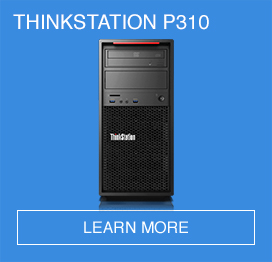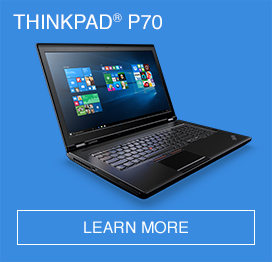The start of a new year always has tech futurists dusting off their crystal balls and looking at what’s in store. So which technologies will feature most prominently over the next 12 months and how should businesses prepare? Here are the top 10 predictions being made by analysts.
1. Data in the driving seat
In the year ahead, high-performance enterprises will be increasingly driven by data, according to Ross Dawson, futurist and strategy advisor. Dawson says that driving performance from data requires consistently capturing data, adding useful metadata, using relevant analytic techniques and communicating to inform effective decision making. “These are critical organisational capabilities, more about people and processes even though they are founded on technology,” he says. “Executives are increasingly realising the potential of data-driven organisations, and are putting this at the top of their technology agendas.”
2. Wearable technology
From Google Glass to personal fitness devices, wearable technology will continue to grow. Enterprises should continue to evolve their mobile devices and "BYOD" (bring your own device) policies, as these devices will be slipping in and could represent security issues.
3. Personal cloud
With the standard person utilising an ever-increasing range of devices, the personal cloud will take over from a conventional desktop or laptop as the primary hub. Access to data stored in the cloud will be managed and secured, rather than solely focusing on securing end devices.
4. Biometrics
There continues to be horror stories for cyber attacks, with companies such as Adobe suffering massive security breaches. Security will be a prominent concern for IT managers and Apple has finally shown that biometrics can be done seamlessly and effectively. User education around security will also remain key for enterprises, as poor user behaviour is still identified as a weak spot. Verizon also warns of a shortage of security expertise, which will see enterprises adopt hybrid in-house/outsourced security models.
5. Alternative money
From Bitcoin to bank-free money exchange, there’ll be a continuing push to find new ways to pay, while making international money transfers cheaper and easier. Volatility and regulatory uncertainty mean that enterprises should continue to take a conservative line, while of course keeping abreast of developments. Cyber currencies are now entering the mainstream, with even PayPal president David Marcus giving Bitcoin a good report.
6. 3D printing
The hype for 3D printing continues to grow, with Gartner among those forecasting it as a key trend for enterprises. Worldwide shipments of 3D printers were predicted to grow 75 per cent in 2014. Businesses should study the potential of this technology as a way to reduce costs through improved design, prototyping and short-run manufacturing.
7. Interactive screens
Transparent, flexible, even holographic – interactive touch screens will appear everywhere as this technology improves while its cost falls. From retail to public information terminals, people will become increasingly used to interacting with screens rather than people. Businesses will use them to communicate with and gather data about staff and customers.
8. M2M as-a-service
From the Internet of Things to smart machines, devices are increasingly communicating with one another. Today, many businesses will be able to access this as a service, gaining powerful insight and business opportunities.
9. Gamification
Gamification, which lets users receive recognition and rewards for tasks and achievements, will take hold. Research increasingly shows that games are a highly effective learning and training tool, being more interactive and immersive. Companies such as Spotify have introduced gamification to replace annual reviews, with staff instead tracking their progress on an ongoing basis.
10. Decentralising
Workforces will become increasingly distributed, as enterprises seek to cut costs and plug skills gaps by hiring talent in other geographic locations. But these physically distant workers will also become more integrated into the companies they work for. Deloitte believes that enterprises will need to shift their HR focus from cost reduction to retention and engagement, as skilled workers can now put their talents to a global market, directly or through networks such as oDesk.



















